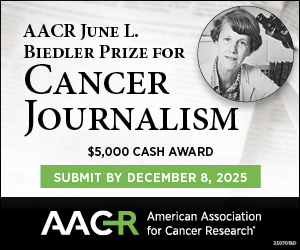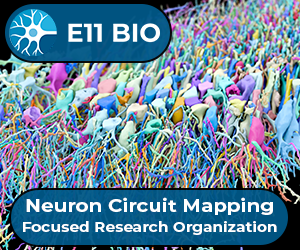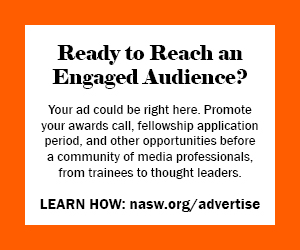When drugs deemed potentially useful for medical treatment in published research papers advance into pharmaceutical testing regimes, nine out of ten fail. That’s because the underlying science wasn’t rigorous, writes Richard Harris, long-time NPR science correspondent and NASW’s president in 1997-98. In Rigor Mortis: How Sloppy Science Creates Worthless Cures, Crushes Hope, and Wastes Billions, Harris explores recent efforts to air and address the reproducibility crisis.
Veteran science journalist Erika Check Hayden, senior reporter for Nature and a longtime lecturer in the science communication program at the University of California, Santa Cruz, became the program’s third director in January. Check Hayden was selected by a committee of UCSC faculty and alumni after a national search. She succeeds current director Robert Irion, who is retiring from the university after leading the program for 10 years.


